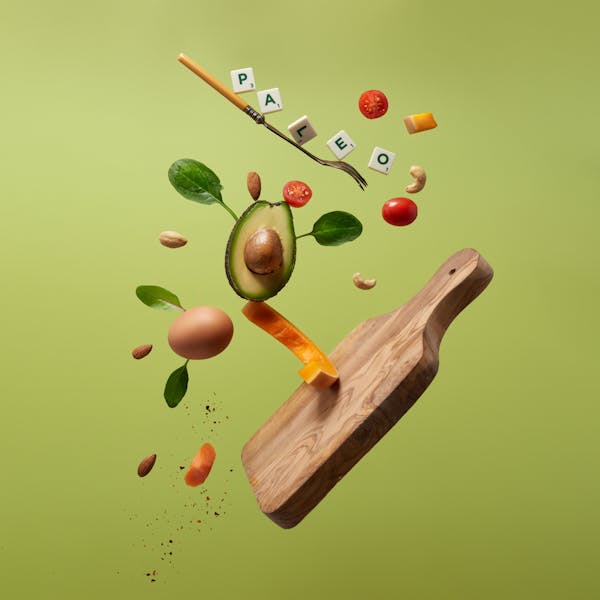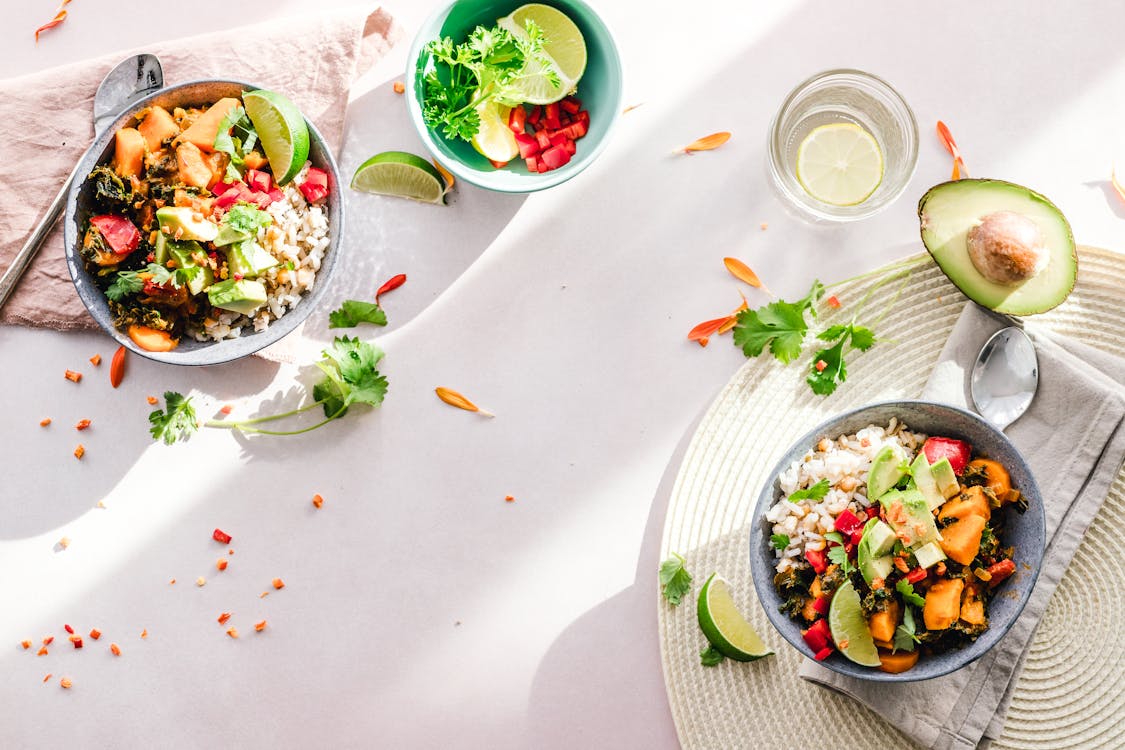The paleo diet includes whole, unprocessed foods, such as vegetables, nuts, seeds, and meat. It may benefit your overall health and reduce your risk for some health conditions, including obesity.
The paleo diet is designed to resemble what human hunter-gatherer ancestors ate thousands of years ago.
Although it’s impossible to know exactly what human ancestors ate in different parts of the world, researchers believe their diets consisted of whole foods.

By following a diet of whole foods and leading physically active lives, hunter-gatherers presumably had much lower rates of lifestyle diseases, such as obesity, diabetes, and heart disease.
In fact, several studies suggest that this diet can lead to significant weight loss (without calorie counting) and major improvements in health.
Anthropologists also speculate that the paleo diet influenced anatomic and physiologic changes in humans, including an increase in brain size and reduction in gastrointestinal tract size .
This article is a basic introduction to the paleo diet, providing a simple meal plan and other essential information.
A paleo diet meal plan
Paleolithic humans thrived on a variety of diets, depending on what was available at the time and where in the world they lived.
Some ate a low-carb diet high in animal foods, while others followed a high carb diet with lots of plants. Some even ate insects, but fortunately, this delicacy is not included in today’s modern interpretation of the paleo diet.
The paleo diet includes meat, fish, eggs, vegetables, fruits, nuts, seeds, herbs, spices, healthy fats, and oils.
Foods to avoid include processed foods, sugar, soft drinks, artificial sweeteners, and trans fats. Foods to limit include grains, most dairy products, and legumes.
However, it’s important to consider the above as general guidelines, not something written in stone. You can adapt all of this to your own personal needs and preferences.

Foods to avoid on the paleo diet
The paleo diet discourages consumption of certain foods, including:
- Sugar and high-fructose corn syrup: soft drinks, fruit juices, table sugar, candy, pastries, ice cream, and many others
- Grains: breads, pastas, wheat, cereal, spelt, rye, barley, etc.
- Legumes: beans, lentils, and many more
- Dairy: most dairy, especially low fat dairy (some versions of paleo do include full-fat dairy like butter and cheese)
- Some vegetable oils: soybean oil, sunflower oil, cottonseed oil, corn oil, grapeseed oil, safflower oil, and others
- Artificial sweeteners: aspartame, sucralose, cyclamates, saccharin, acesulfame potassium (use natural sweeteners instead)
- Highly processed foods: everything labeled “diet” or “low fat” or that has many additives, including artificial meal replacements
A simple guideline for the paleo diet is, if it looks like it was made in a factory, don’t eat it.
If you want to avoid these ingredients, you must read ingredients lists and nutrition labels, even on foods that are labeled as “health foods.”
Foods to eat on the paleo diet
There’s a variety of whole, unprocessed foods you can eat on the paleo diet. This includes:
- Meat: Beef, lamb, chicken, turkey, pork, and others
- Fish and seafood: salmon, trout, haddock, shrimp, shellfish, etc (choose wild-caught if you can)
- Eggs: may be free-range, pastured, or omega-3 enriched
- Vegetables: broccoli, kale, peppers, onions, carrots, tomatoes, etc.
- Fruits: apples, bananas, oranges, pears, avocados, strawberries, blueberries, and more.
- Tubers: potatoes, sweet potatoes, yams, turnips, etc.
- Nuts and seeds: almonds, macadamia nuts, walnuts, hazelnuts, sunflower seeds, pumpkin seeds, and more
- Healthy fats and oils: extra virgin olive oil, avocado oil, and others
- Salt and spices: sea salt, garlic, turmeric, rosemary, etc.
Many people prefer to choose grass-fed meats, pastured eggs, and organic produce while following a paleo diet. However, this is not required.
Modified paleo diets
Over the past few years, the paleo community has evolved quite a bit.
There are now several different versions of the paleo diet. Some of them allow a few more modern foods, such as grass-fed butter and gluten-free grains like rice.
Today, many people think of paleo as a template to base your diet on, not necessarily a strict set of rules that you must follow.
Sensible indulgences
While following a paleo diet, the below foods and beverages below are perfectly fine in small amounts:
- Wine: Quality red wine is not only part of the paleo diet, but it is high in antioxidants, polyphenols and beneficial nutrients .
- Dark chocolate: Dark chocolate is very high in antioxidants and important minerals, like magnesium and iron . Choose a product that has 70% or higher cocoa content.